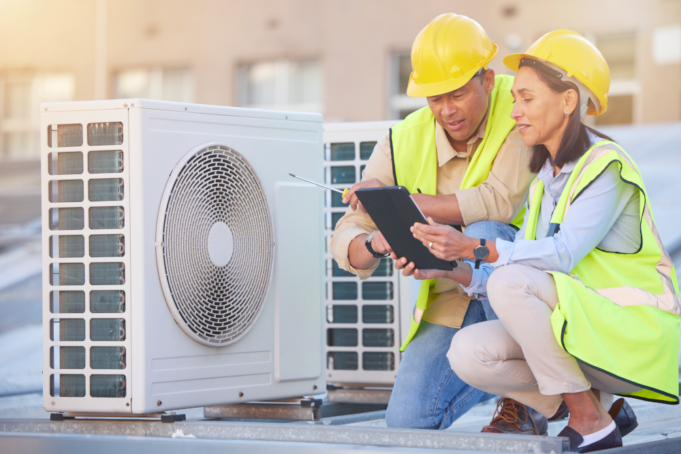In the ever-evolving world of healthcare, recent advancements in HVAC (heating, ventilation, and air conditioning) systems are revolutionizing our approach to patient care. From boosting air quality to slashing energy costs, modern HVAC upgrades are essential for hospital facility management professionals. This article highlights the exciting benefits and common themes of recent HVAC enhancements in healthcare settings.
Breathe Easy: Enhancing Air Quality and Patient Safety
Imagine a hospital where the air is as clean as a mountain breeze. Campbellford Memorial Hospital (CMH) recently made this vision a reality with a $6 million upgrade to its HVAC system, significantly improving air filtration and ventilation rates. This investment is crucial for reducing airborne contaminants and minimizing the risk of viral transmission, especially during pandemics. Likewise, Maine Medical Center has embraced centralized HVAC control to maintain optimal environmental conditions in operating rooms and other critical areas, ensuring the safety and comfort of both patients and staff.
Efficiency Meets Innovation: Operational Savings and Sustainability
Modern HVAC systems, powered by Internet of Things (IoT) technology, are not just about comfort—they’re about smart management and energy conservation. Take Mercy Hospital, for example, which has automated its HVAC operations to save millions annually by adjusting climate control based on room occupancy. These intelligent systems not only enhance operational efficiency but also contribute significantly to sustainability efforts, making healthcare facilities greener and more cost-effective.
Facing Challenges Head-On: Infrastructure Resilience
Aging infrastructure can be a significant hurdle, but proactive upgrades can prevent disruptions. Wahiawa General Hospital’s temporary closure of its emergency department due to HVAC issues underscores the importance of reliable systems. By prioritizing HVAC maintenance and modernization, facilities can ensure continuous patient care and avoid the pitfalls of outdated equipment. This proactive approach is essential for maintaining seamless operations and high standards of care.
Staying Ahead: Regulatory Compliance and Safety
Compliance with standards such as ASHRAE 170 and APIC guidelines is critical in healthcare environments. Properly maintained HVAC systems play a vital role in controlling the spread of airborne pathogens, removing pollutants, and staying within regulatory boundaries. Accurate documentation and regular maintenance are key to achieving these standards, ensuring a safe and healthy environment for everyone in the facility.
A Future-Ready Healthcare Environment
For hospital facility management professionals, integrating modern HVAC systems is more than an operational task—it’s a strategic investment in the future of healthcare. By embracing advanced HVAC technologies, healthcare facilities can provide a healthier, more efficient, and sustainable environment. The experiences of CMH, Mercy, and other institutions demonstrate that these upgrades are essential for meeting the evolving needs of healthcare delivery and ensuring the well-being of all occupants. Investing in these systems today means building a resilient, future-ready healthcare environment for tomorrow.






